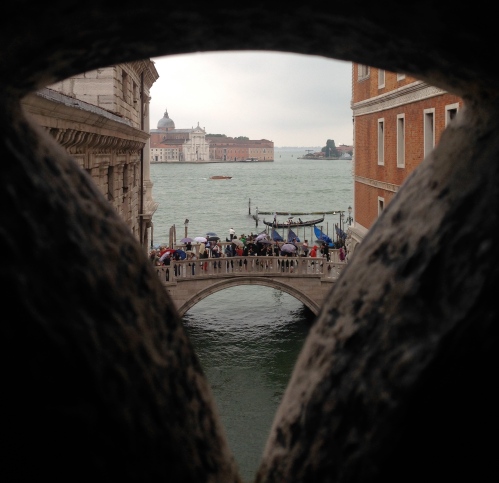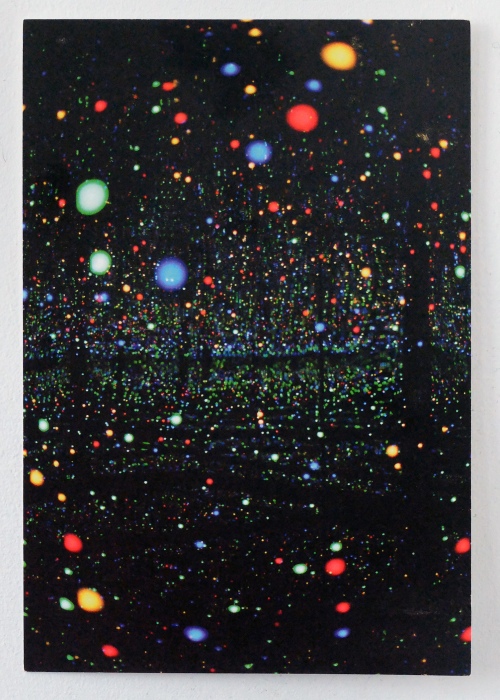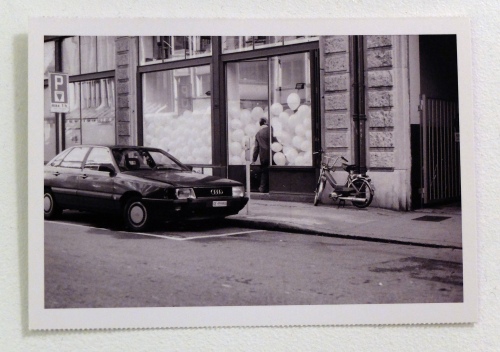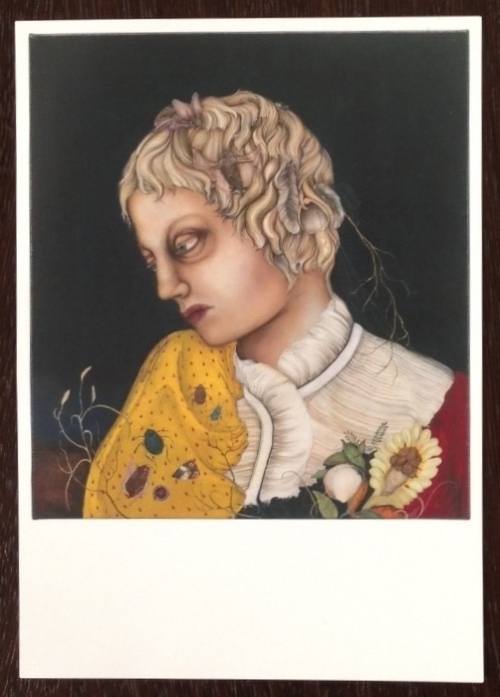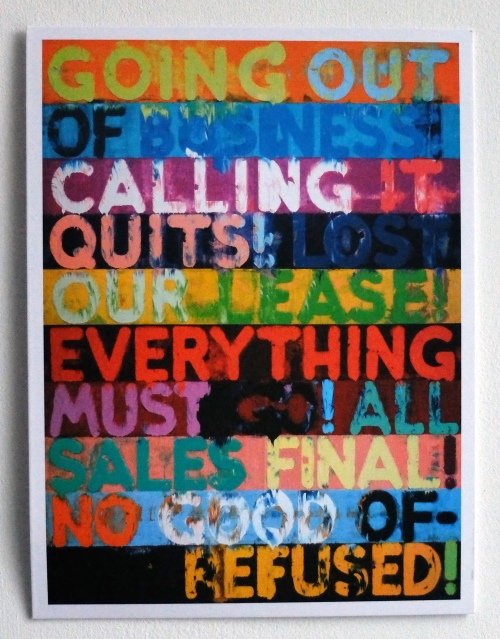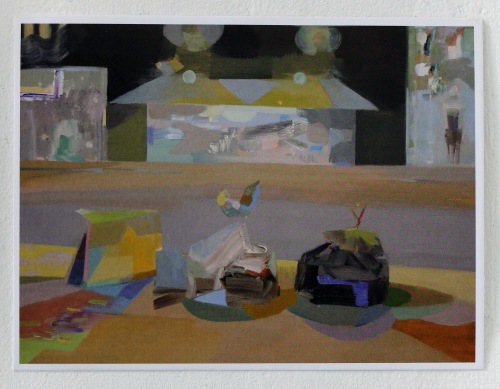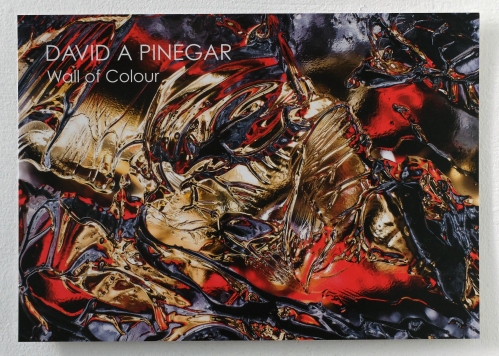
Objection
2017 by Michal Cole and Ekin Onat
The Pavilion of Humanity until 30 November 2017
Housed in a small but beautiful house on the side of the Grand Canal, the pavilion of humanity is an exploration into the power and potential of art in a time of crisis. When humanity is being called into question all over the world, two artists – Michal Cole (b. Israel) and Ekin Onat (b. Turkey) – visualise the anger and emotion felt by so many in a selection of provocatively clever artworks. Cole begins by covering an entire room with gentlemen’s ties – sewn meticulously together by women, these flashes of corporate, class and money-driven masculinity line the walls, ceiling and floor, covering every surface and object; they engulf the central and ostentatious light fitting, the skull and books on the shelves and the wall mounted horns and rifle. The room is decked out as a gentlemen’s club, suffocating in the uniform of its users, including two Donald Trump ties, that serve to swaddle the rifle. The room is soft – with each step and touch – dark, with the tie curtains letting little light through, and quiet, dampening the noise of the outside world. Yet this lulling is uncanny in its strangeness, and with each clashing design the room becomes lewd and leery; a poignant comment on gender and power in business and politics. Opposite Top Gun is Cole’s Domestic Goddess, a dark kitchen with the only light soft and inviting from the inside of several pots and pans. Looking in, we are confronted by a face framed by the circle of domesticity – eyes wide, its mouth begins to scream. Frightening in their silence, these hidden and burning screams evoke frustration and pain. Onat’s face upstairs is equally harrowing, as she confronts us silently and powerfully on screen, a voiceover reading the many atrocities committed by the Turkish police force. Alongside – and live during the opening – Onat appears dressed head to toe in the all-black armour of the Turkish police, taking each defensively brutal item off one by one. In the bathroom, the mythological figure Sisyphus is dressed as a 50s housewife endlessly mopping the Venetian waters from a boat – the never-ending task. The last work Absent Presence is collaborative, showing statues of both Cole and Onat sitting on the bed – the piece of furniture that is common to us all, “even killers and the most evil on earth all lie down at the end of day”. Back to back the statues are pure white, meditative at the top of house on an accumulation of work that proves the clout of art.

